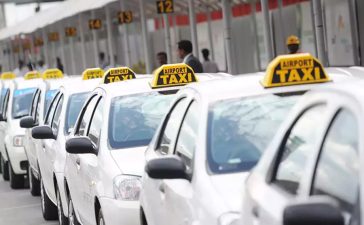Going camping is a multi-stage process, meaning there are multiple stages of a typical camping experience you will have to prepare beforehand. The first of these is getting there, which means you also need to work out how to transport all your camping gear.
The second is setting up the campsite, which involves selecting the right spot, paying for the appropriate licenses, and, of course, actually setting up the campsite. Finally, you need to break down the campsite, unload all of that back into your vehicle, and, perhaps most importantly, leave the campsite in the state you found it.
To be clear, we are talking here about campsites that you set up yourself, not a permanent campsite at the foot of a mountain or at the start of a hiking trail. For such campsites, thankfully, there is not much to worry about when it comes to all the various stages of camping.
These locations are usually kept by either permanent staff or staff who occasionally visit. This is a workable model because the fees for the campsite provide the money and the location is not too large that it cannot be kept in shape by trained staff. A park ranger, responsible for vast tracts of camping land, on the other hand, is certainly not responsible for tidying up your campsite.
The Question of Safety
Camping cargo experts Rollercam are keen to remind campers that there is also a strong safety element to properly breaking down a campsite. You probably don’t need to be told the list of inherent dangers of the campsite. Things like campfires and food, which can attract wild animals, can pose a hazard for campers and the welfare of the surrounding environment alike.
So, you should plan with safety in mind. Not just when you are securing your camping cargo with a set of strong cam straps, but also when you are appraising the state of the campsite when leaving it.
How to Break Down a Campsite
So with all of that in mind, how can you break down a campsite securely and safely, leaving your equipment in the best condition and leaving the campsite itself free of hazards? While it should be noted that a few things will depend on where the campsite is, there is much general advice that applies in all cases.
Clean Up
Well, obviously – but how? The first thing to tackle is all your disposable items, food scraps, dirty dishes, and trash. All waste should be secured in plastic bags to bring with you, dishes should be cleaned before being packed away. The last thing you want is animal-attracting food scents to follow you wherever you go next, and you do not want the campsite itself to become a messy honey pot for wild animals either.
Put Out Fires
This means putting them all the way out. And you should also take care not to leave flammable materials or any cooking apparatus behind. A simple tip is to make sure that you have used enough water to turn the ashes into a black slurry. Beyond that, just be sure to pack up your equipment.
Furniture, Then Tent
After that has been done, it is time to fold up and pack away all the furniture you have brought along. These hard products take up a set amount of space and so are best loaded first. Put the tent back in the car or bag last.
Breaking down a campsite methodically and diligently will ensure the preservation of the landscape, your own safety, and, ultimately, the camping experience itself.













